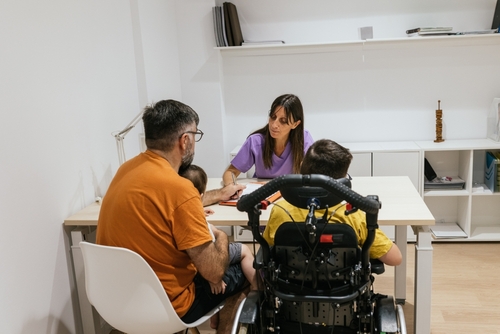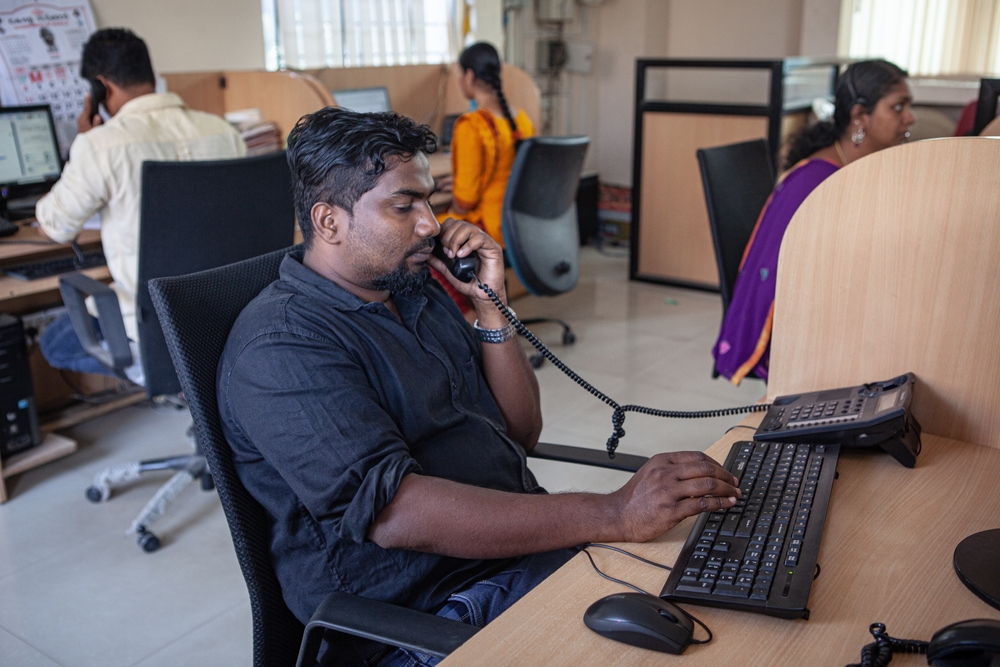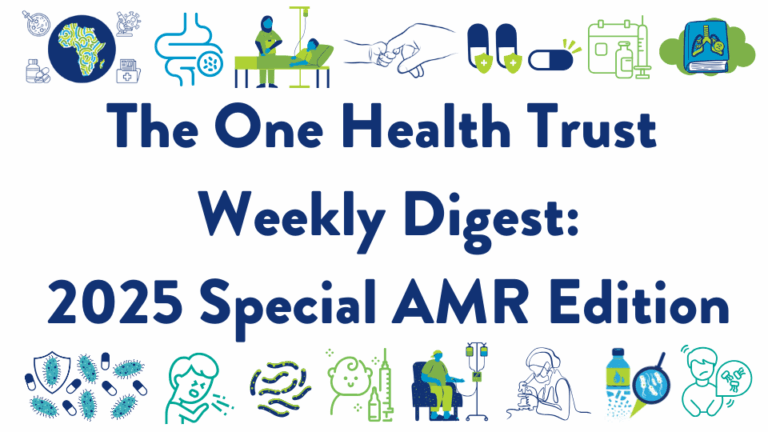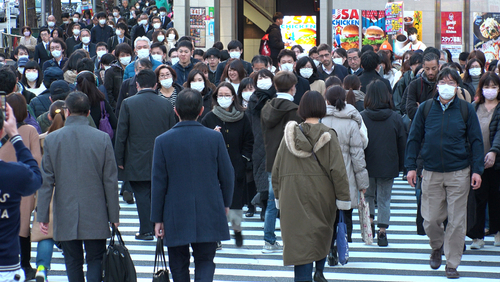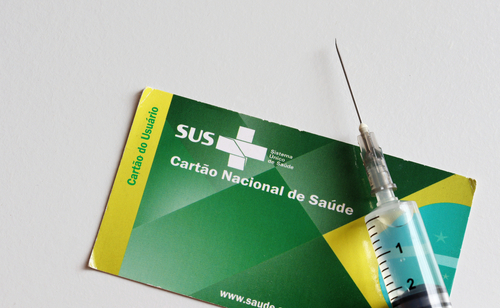August 31, 2020
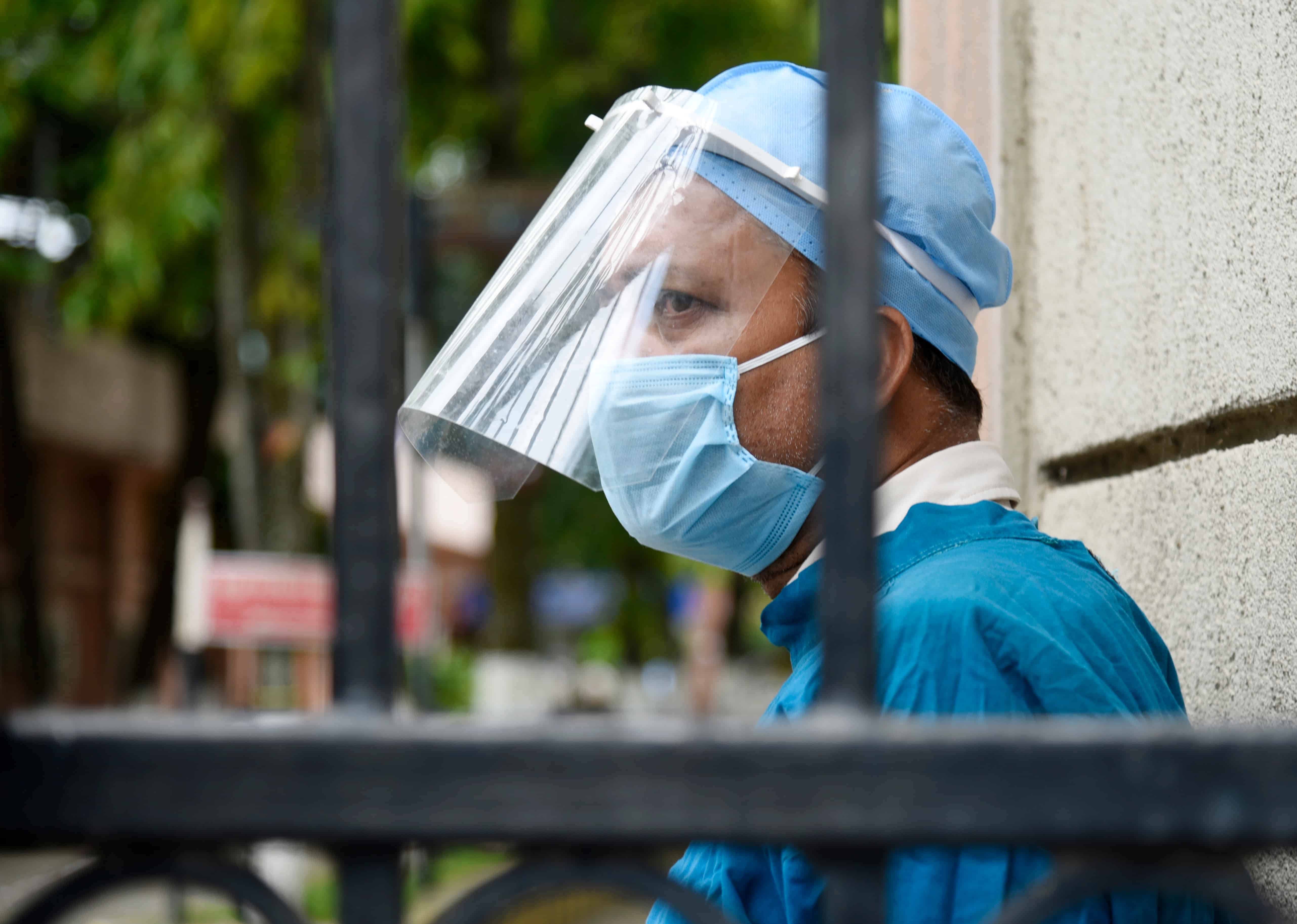
COVID-19
COVID-19 provides India with an opportunity to invest in public health. In an editorial, CDDEP’s Ramanan Laxminarayan along with Shahid Jameel and Swarup Sarkar discuss the progress and challenges that India has faced amid the COVID-19 pandemic. Over the past six months, India has struggled with low levels of testing, insufficient hospital capacity, and a stringent nationwide lockdown that left the poor and migrants without work and access to necessities. COVID-19 cases and deaths, although underestimates, are now increasing faster in India than any other large country on earth. Authors advise that India use the pandemic as an opportunity to invest in public health infrastructure. To overcome COVID-19, India should focus on averting deaths, implementing a formal COVID-19 surveillance system, utilizing local data to drive response, involving non-governmental organizations and civil society in response, updating clinical guidelines based on new research, and developing a strategy to differentiate COVID-19 from common mosquito-borne disease as well as the seasonal flu. [AJTMH]
40 million US teachers and parents at risk for severe COVID-19 as schools reopen. Using data from the 2018 National Health Interview Survey, researchers estimated that approximately 40 million US teachers and adults who live with school-aged children had risk factors for severe COVID-19. The study found that more than half of teachers (50.6 percent) and nonteacher workers (55.8 percent) had definite or possible risk factors for severe COVID-19 including obesity and cardiac conditions, while 41 percent of adults living with school-aged kids had definite or possible risk factors, including older age, heart disease, diabetes, and cancer. Adults living with children in low-income households as well as those living with Black children were more likely to be at risk than other income-levels or races. Findings emphasize the need for school leaders to carefully consider reopening. [Annals of Internal Medicine]
Mandatory mask policies lead to increased compliance during pandemic. Results from a cross-sectional analysis in Germany revealed that a mandatory mask policy during the COVID-19 pandemic was effective at increasing compliance, while a voluntary policy would likely lead to insufficient compliance and stigmatization. The study found that mask-wearing increased between April and May 2020 after a mandatory policy was enforced, and the behavior was positively correlated with engagement in other protective measures such as hand washing and physical distancing. In a sub-experiment, researchers found that voluntary policies affected stigmatization, increased judgment based on one’s behavior, and were perceived as less fair among high-risk groups. [PNAS]
COVID-19 infection rate soars in Massachusetts prisons. Findings from a cohort study in Massachusetts revealed thatthe infection rate of COVID-19 among incarcerated individuals and staff was nearly three times higher than the overall infection rate in Massachusetts and nearly five times higher than the overall US rate. Infection rates are likely underestimates due to limited testing, and results support urgent action to prevent the spread of COVID-19 in carceral facilities. [JAMA Network Open]
20 percent of US nursing homes face shortages of PPE and staff amid pandemic. In a nationwide analysis, researchers found that approximately 20 percent of US nursing homes faced a shortage of personal protective equipment (PPE) or staff between May and July, 2020 amid the COVID-19 pandemic. In early July, 14.4 and 10.9 percent of nursing homes reported shortages of N95 masks and gowns respectively, while 18.5 and 16.0 percent faced shortages of nursing aides and nurses. Shortages were most common in nursing homes with reported COVID-19 cases, those serving Medicaid patients, and those with lower quality scores. Shortages have not improved significantly between May andJuly, emphasizing the need for prioritization among policymakers. [Health Affairs]
Drug Resistance and Global Health
Antibiotic use tied to colonization of multidrug-resistant bacteria. Results of a case-control study in Denmark suggest that antibiotic consumption leads to an increased risk of colonization with multidrug-resistant bacteria. The nationwide study found that a significantly higher percentage of patients colonized with multidrug-resistant bacteria had at least one antibiotic prescription two years earlier compared to controls (77 vs. 68 percent). Patients exposed to penicillins, fluoroquinolones or macrolides had a significantly higher risk of colonization with resistant bacteria up to 2 years after. [Journal of Antimicrobial Chemotherapy]
Antibiotic-resistant gonorrhea uncommon in NYC, 2012-14. An analysis of nearly 900 gonococcal isolates from patients at the NYCDepartment of Health and Mental Hygiene Sexual Health Clinic between 2012 and 2014 revealed low rates of antibiotic resistance. Approximately one-fourth of isolates were resistant to ciprofloxacin, while only 0.9 and 0.3 percent demonstrated reduced susceptibility to azithromycin and ceftriaxone, respectively. Risk of resistance was higher among isolates from men who have sex with men as well as white heterosexuals compared to others. Findings suggest that resistance to gonorrhea therapies was not a main driver in transmission within the study period, although authors note that azithromycin resistance among gonococcal isolates has increased nationally in recent years (from 0.6 percent in 2013 to 4.6 percent in 2018). [Clinical Infectious Diseases]
C. diff stewardship intervention reduces unnecessary antibiotic use. A stewardship intervention among patients with Clostridioides difficile was successful in reducing unnecessary antibiotic use, according to a study in Spain. The intervention consisted of a bedside visit with patients to check protective measures and to provide guidance on infection control and management. The study found that in 75.9 percent of cases, physicians in charge accepted infectious disease consult recommendations to stop C. diff treatment in asymptomatic patients, and in 19.1 percent of cases, unnecessary antibiotics for non-C. diff infections were discontinued. [JAC-AMR]
Africa declared free of wild poliovirus. The World Health Organization (WHO) Africa Region was declared free of wild poliovirus last week, with no new cases reported in the region over that last four years. The official announcement came after decades of polio surveillance, immunization, increased laboratory capacity, and field visits across Africa. Polio eradication efforts have prevented an estimated 1.8 million children from paralysis and 180,000 deaths related to the virus since 1996. WHO officials emphasize the importance of continued efforts and immunization coverage to prevent a resurgence of the virus and to tackle the threat of vaccine-derived polio. [WHO]
Photo: Shutterstock

